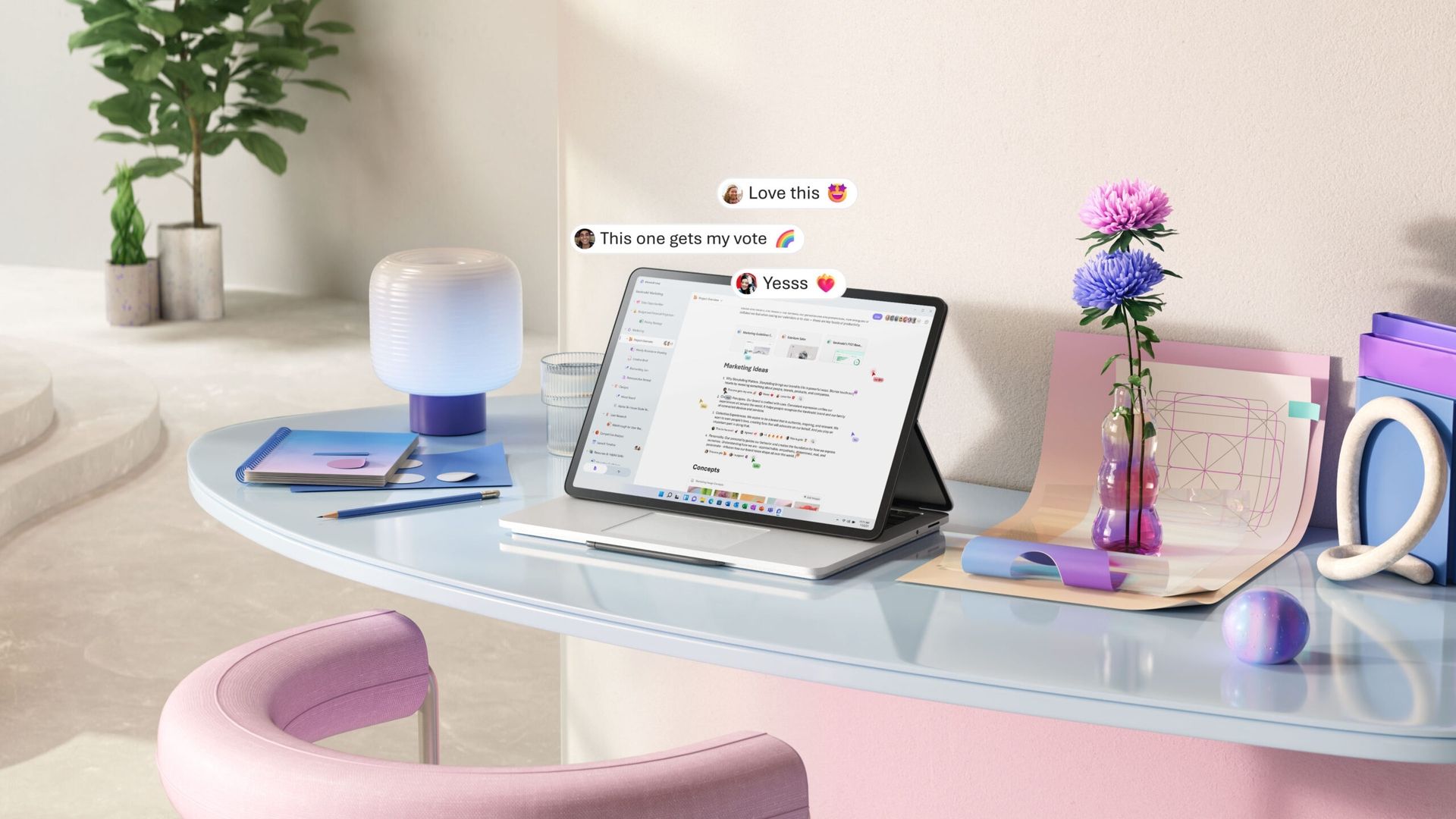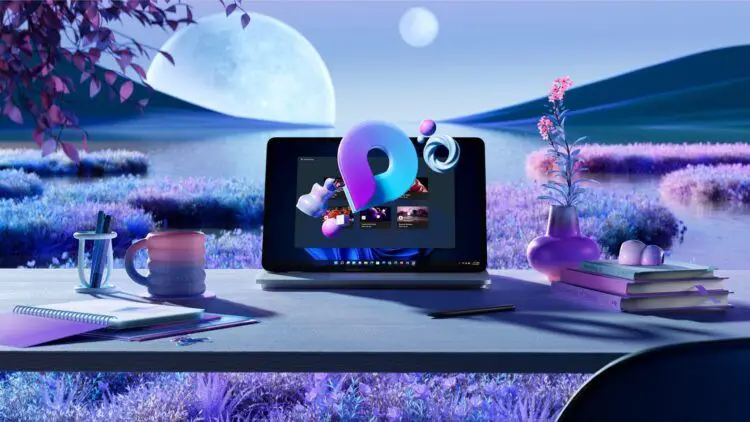Microsoft has announced the launch of Microsoft Loop, a new productivity platform that allows users to manage tasks and projects across Microsoft 365 apps and services. Loop is currently in public preview and available to users with a Microsoft Account or Azure Active Directory account, with a companion app for iOS and Android set to arrive soon.
Microsoft Loop is designed to address the challenges of virtual teamwork, which became increasingly apparent during the pandemic. It consists of three main elements:
- Loop Components
- Loop Pages
- Loop Workspaces
That can be used to paste real-time blocks of content into apps like Outlook, Microsoft Teams, and Word. Each element serves a specific function to aid in project management and communication.
What can you do with Microsoft Loop?
Loop components are essentially JavaScript widgets that enable collaboration while in the flow of work. Components can be as simple as lists, tables, and notes, or as complex as a customer sales opportunity from Dynamics 365. They always stay in sync across Microsoft 365 apps, meaning that edits to Loop components will be reflected wherever they are embedded or shared.
Loop pages provide flexible canvases where users can organize their Loop components and pull in elements like links, files, or data. Loop workspaces represent shared platforms where users can see and group everything important to their projects. Up to 50 people can edit a workspace at once, reacting to edits with emojis and comments, but Microsoft recommends teams of two to 12 to avoid interface claustrophobia.
Loop Workspaces are shared platforms within Microsoft Loop, the productivity platform designed for virtual teamwork, where users can group and organize everything important to their projects. In Loop, Workspaces have a broader scope than Loop Pages, which are flexible canvases where users can organize Loop components and pull in elements like links, files, or data.

Workspaces can accommodate up to 50 people, who can edit them at the same time, reacting to changes with emojis and comments. They are designed to bridge the gaps of working in virtual teams that became increasingly apparent during the pandemic when Loop was developed.
One noteworthy feature of Microsoft Loop is its Microsoft 365 Copilot system, which is currently in private testing. The AI-powered Copilot provides suggestions to create a brainstorm or blueprint and allows one or more users to edit the suggestions and then share them in apps like Outlook and Teams.
Loop’s syncing capabilities and progress-tracking tools for projects put it in competition with similar productivity platforms like Notion and Google Workspace Spaces. However, Microsoft has its work cut out for it, as Notion has recently launched an AI-powered system that analyzes meeting notes, creates summaries, surfaces important information, and even rewrites and generates text. Nevertheless, with its impressive range of features, Loop is poised to make a significant impact in the world of virtual teamwork.
If you wish to learn how to enable Microsoft Loop, all you have to do is to click the provided link.





